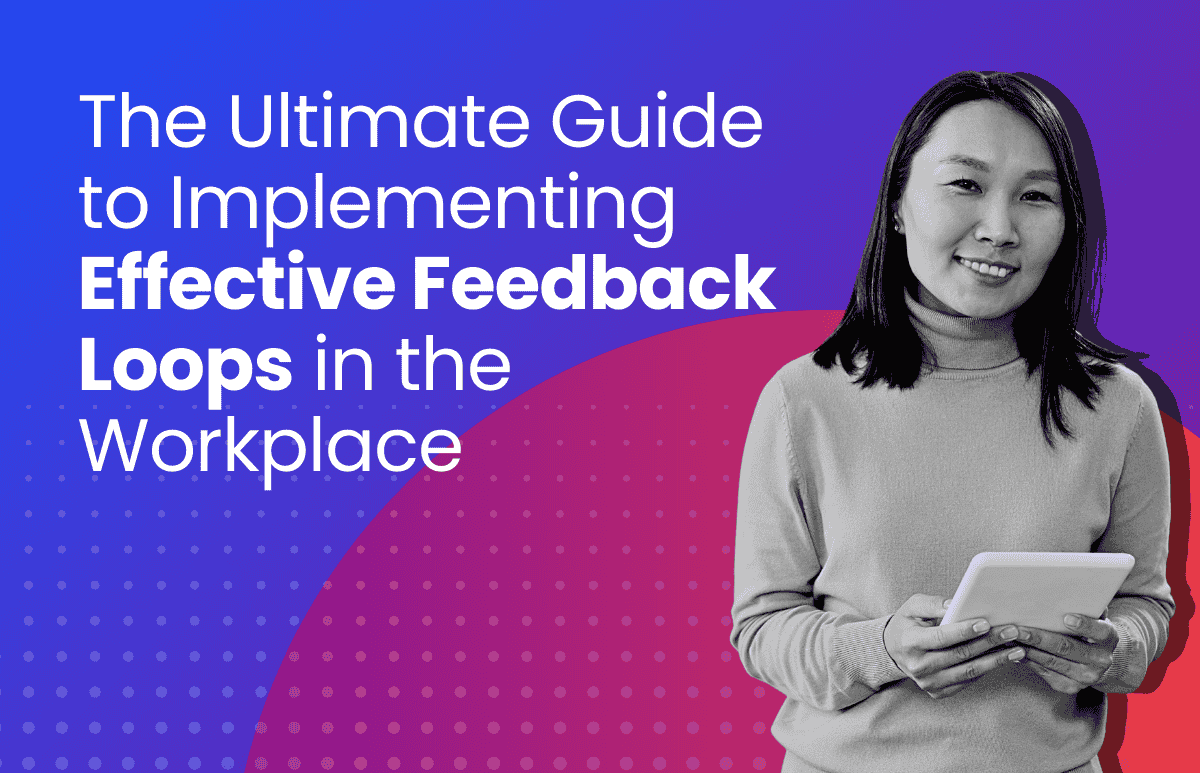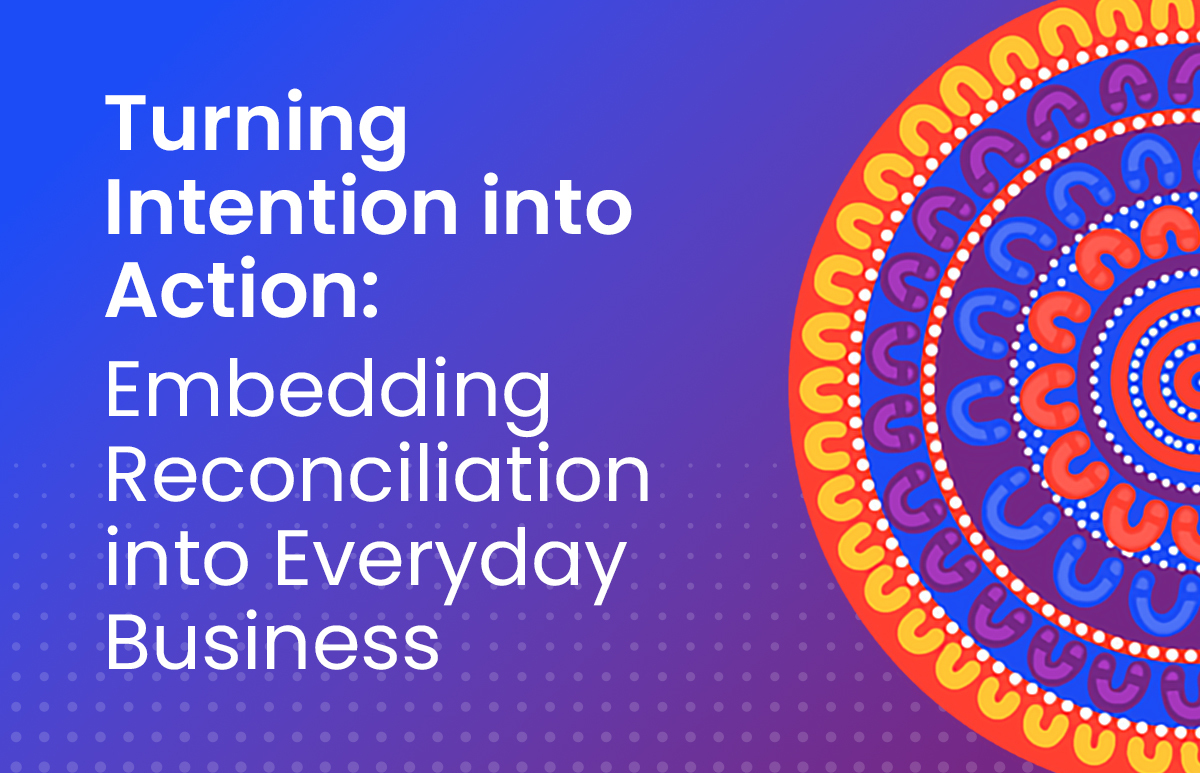How to Implement a “Check-In” Performance Framework

You sit nervously opposite your manager, palms sweaty, head reeling. Your manager hasn’t indicated any dissatisfaction with your work but you’re uncertain about where the conversation will go to next…
If you only have a performance appraisal once a year, you’re right to be worried.
Traditional performance appraisals dissect the past, discuss compensation based on KPIs, and sometimes offer professional development for problems or weaknesses.
Traditional performance appraisals hold employees accountable for past behaviour at the expense of improving current performance and grooming talent for the future. Such appraisals typically result in ratings of each employee (high performer, strong performer, solid performer or low performer) and “stack ranking” systems – for example, a “high performer” rating can be applied to no more than 15% of a manager’s team.
Most companies focus performance management on poor performers (3% of the workforce), rather than high performers (97%).
Traditional performance management approaches also fail to tap intrinsic motivation, are time-consuming and rigid – the last of which is a key consideration in a world where agility is critical and short-term performance outcomes matter just as much, if not more, than long-term outcomes.
Fortunately, ever so slowly, things have changed.
A fresh approach
Today, performance management is different. Instead of 1-2 formal reviews per year, it involves regular conversations about performance and development. Adobe, an early adopter, calls these conversations “check-ins”: frequent interactions between employee and supervisor based on the employee’s real-time performance needs and goals. Managers and employees meet for check-in discussions at least once a quarter – although either the manager or direct report can request a check-in at any point during the year. The discussion is informal, and we cover three areas:
- Managers set clear expectations
- Managers and direct reports collaborate on employee feedback
- Direct reports are responsible for development (with managers sharing this responsibility)
“The check-ins are a 180[-degree turn] in terms of giving people the material they need to improve their performance and change course,” Donna Morris, then Senior Vice President of Human Resources at Adobe Systems, told Forbes.[1] “It completely changes how employees feel about their jobs and opportunities. Feedback is now viewed as a gift.”
Adobe has subsequently abolished annual performance appraisals, ratings, and a forced distribution curve.
Deloitte suggests a “performance management revolution” is taking place, with a redesign of performance management frameworks deemed a high priority by 79% of surveyed executives.[2]
So, what’s required for such a shift? There are some key elements to consider for a “check-in” performance framework to work. The end result should be a more enjoyable experience for both employees and managers.
| Employees | Managers | |
| Goals & expectations | Help me stay focused and aligned; let me know what’s expected | Provide insight into progress and challenges; allow for interventions to course correct |
| Coaching & feedback | What’s going well and where can I have a greater impact? | Offer real-time feedback for positive outcomes |
| Development | Talk about my career growth and future direction with the company (or even outside the company) | Help employees reach their full potential with tailored development plans |
| Recognition | My success is celebrated and I feel valued | Celebrate success to inspire and motivate |
A culture of continuous feedback
The “check-in” performance management process works best when it’s part of an overall culture shift towards ongoing feedback loops. Traditional performance approaches de-motivate employees by giving them irrelevant feedback about their underperformance months later. Timely, constructive guidance – and praise – is far more effective. Pulse surveys are an effective way to foster a culture of feedback. Managers get real-time feedback on employees, and employees feel valued.
Another critical aspect of this modern performance approach is training managers to give feedback and hold meaningful conversations with employees. Instead of vague generalisations (eg “you must improve your time management skills”), feedback should be clear and actionable (eg “you are repeatedly late to meetings”). Identify specific problems and explain to the employee what they need to do to improve. Then, offer professional development to help them succeed.
Refocusing on succession management
Focusing on high performers leads to more career conversations between managers and employees. Employees who receive continuous feedback understand their career options and what to do to advance. Succession management helps employers find and develop high-performing employees for leadership and other critical roles.
Putting out fires
Continuous feedback saves managers time by preventing problems before they start. Employees should already know about any areas where they need to improve.
In addition, today we have the benefit of technology.
Vendors such as ELMO Cloud HR & Payroll offer tools to support more frequent performance discussions, set goals, capture 360-degree feedback, and make it easier to track related learning activities. ELMO Performance Management streamlines processes with automated e-mail and document routing, templates and new workflow functions to make it more convenient to schedule and conduct performance discussions within the flow of daily work. ELMO’s integrated talent suite also means it’s possible to reward and recognise employees for accomplishments and create comprehensive succession management plans without having to leave the platform.
[1] https://www.forbes.com/sites/davidburkus/2016/06/01/how-adobe-scrapped-its-performance-review-system-and-why-it-worked/#4ee702b655e8
[2] “Human Capital Trends 2017”, Deloitte
 HR Core
HR Core 









